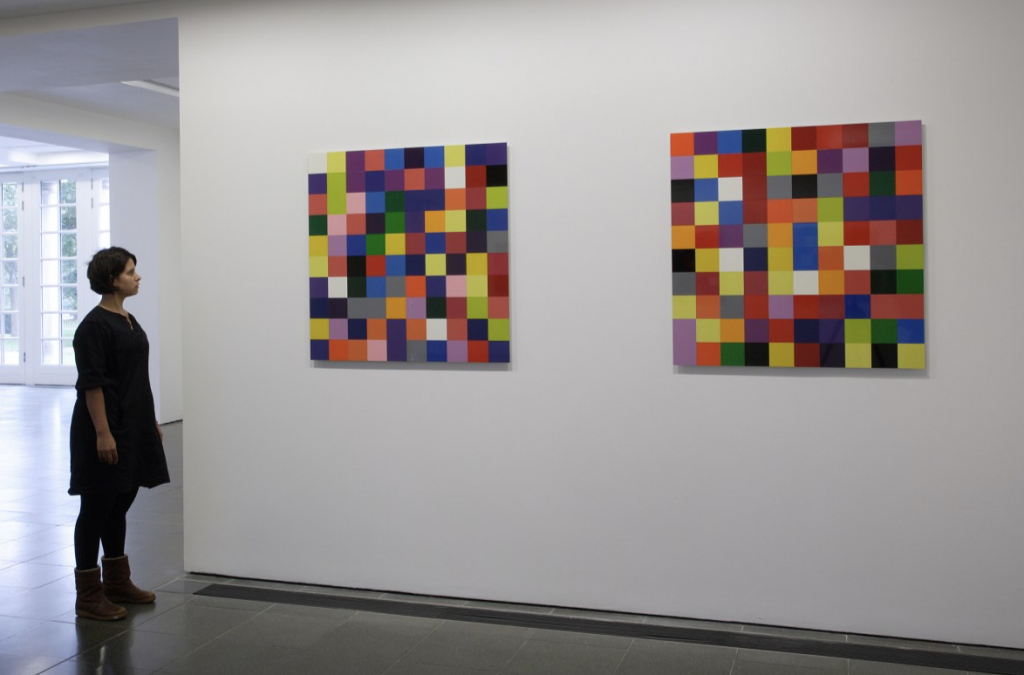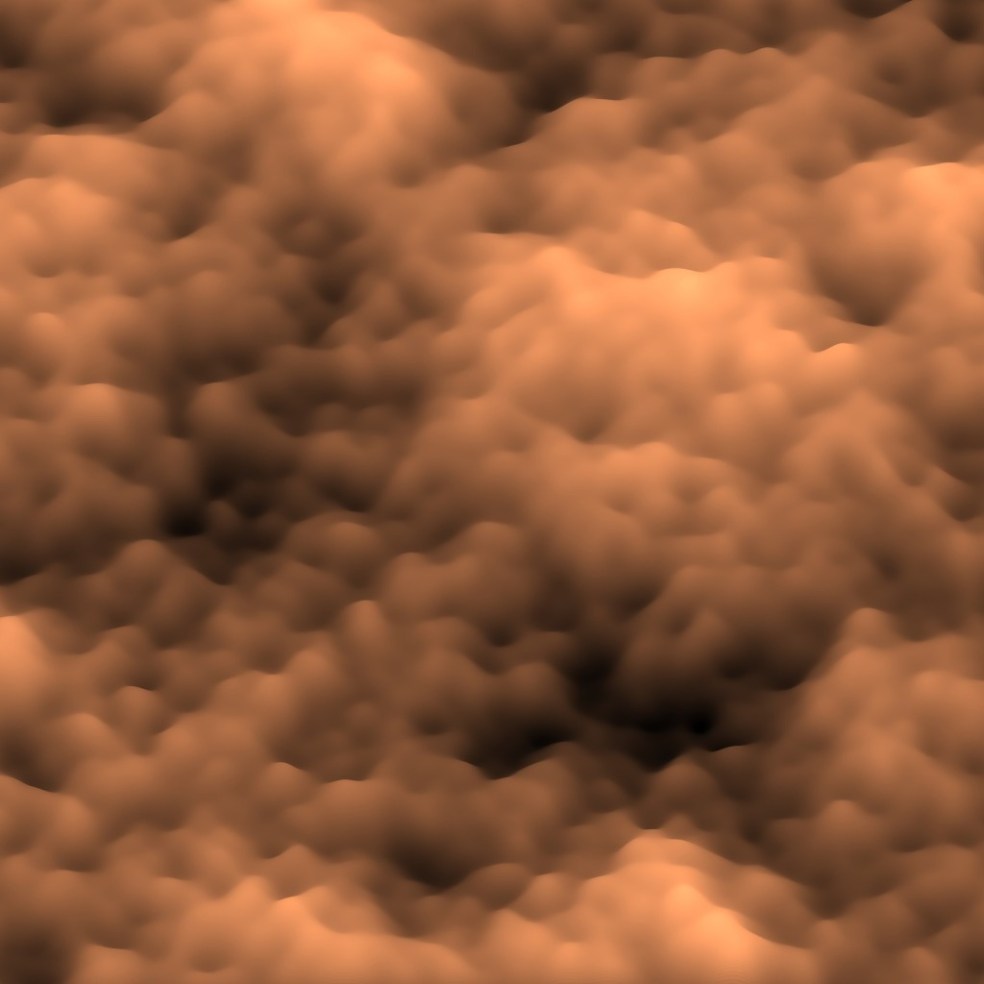Perlin noise was created by Ken Perlin in 1983 for a film he was working on, Tron. It helps to add randomness to CG renderings of natural elements like smoke, fire, and water. I admire that he created something most people don’t consider. When people watch movies, we don’t think to ourselves “hey that smoke looks random.” He created something that people “take for granted” as we watch movies and see realistic fire. The algorithms don’t use the random() function, but works to interpolate between random values which creating smoother transitions. The creator’s artistic sensibilities come through knowing when he/she has reached randomness that looks aesthetic, or in Perlin’s case, realistic.
Category: LookingOutwards-06
Siwei Xie – Looking Outwards – 06

Gerhard Richter is the German visual artist who created “4900 Colours: Version II” in 2008. The 196 square panels of 25 colored squares was conceived to be configured in a number of variations, from one large-scale piece to multiple, smaller paintings.The development of 4900 Colors was influenced by Richter’s grid paintings in 1966.
I admire how rigorous the process of generating randomness is. A computer program assigned a color to each square drawn at random from a palette of 25 colors. The 196 panels can be put together to form one huge display, or in the Serpentine exhibition were arranged at random in sets of four to form 49 10x 10 displays.
Creator’s artistic sensibility manifests by how “non-random” the panels look, with some dominated by particular colors which are often placed next to each other. But the whole point of “pure” randomness is that apparent patterns are expected to occur.
![[OLD FALL 2019] 15-104 • Introduction to Computing for Creative Practice](https://courses.ideate.cmu.edu/15-104/f2019/wp-content/uploads/2020/08/stop-banner.png)

